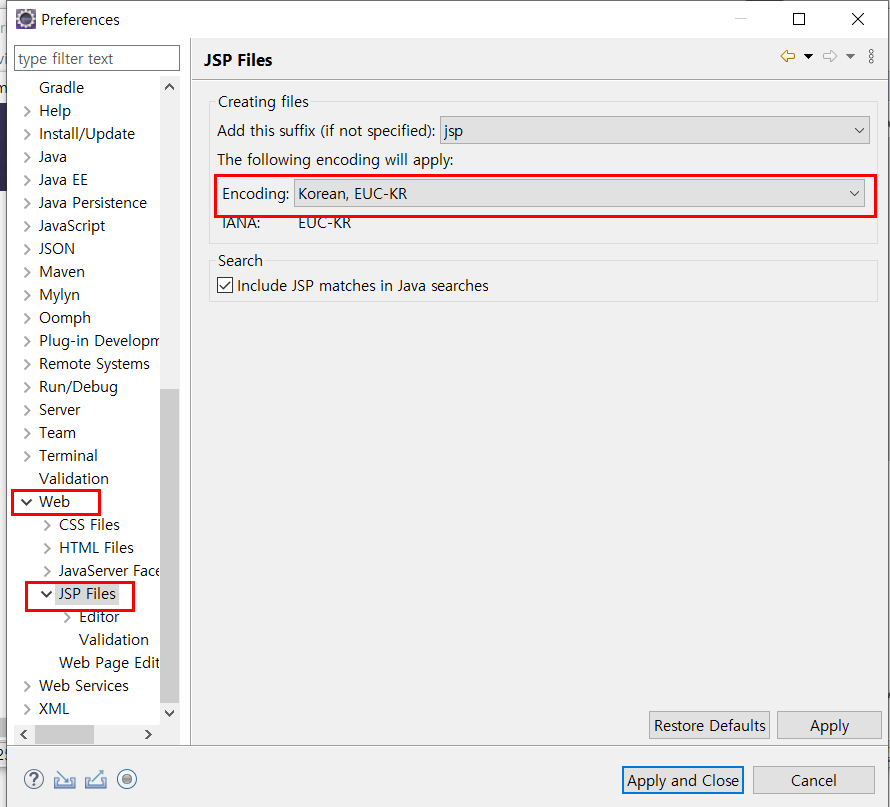

Kind of like MultiByteToWideChar on Win32, but it's cross-platform and constexpr. I hope I did all you wanted: no code, but now you have all ins and outs.Below is an implementation of a UTF-8 string to UTF-16 string. So, you have to decide what to do with such cases and this should be just a voluntary decision. If you have only one member of a surrogate pairs surrounding by the non-surrogate words, this is invalid data. If, for example, you face a second member of a surrogate pair before the first one is encountered, this is invalid data.
UTF 16 CODEPOINTS TO UTF 8 TABLE CODE
In your particular problem, UTF-8 is never a source, so all problems you may have are with UTF-16. UTF-32 (32-bit Unicode Transformation Format) is a fixed-length encoding used to encode Unicode code points that uses exactly 32 bits (four bytes) per code point (but a number of leading bits must be zero as there are far fewer than 2 32 Unicode code points, needing actually only 21 bits). Īnd finally, one delicate point: both encodings allow invalid code points. You can deny processing if the marker is not found, or you need to have another function where the expected encoding is specified. You have to convert only when having data or passing data using other encodings. You need to decide what to do with text with absent marker. There is another optional feature of the UTF-16 or UTF-8 streams: the BOM. I don't think it's anything too complicated. It is fully described, for example, here. It uses pretty cunning algorithm with very low redundancy.

Now, UTF-8 is also variable-width encoding. They are just abstract mathematical values. Here, you need to realize that Unicode code points are mathematical abstraction representing cardinal value they are abstracted from the bitwise representation of this data, from any kind of computer representation. Similar (but not identical) to Unicode compression, you only pay for the additional storage space for the characters that actually require that space. The goal of first stage is to interpret UTF16 encoding character by character, and each character should be represented as 16-bit unsigned value which should be arithmetically equal to the code point. In SQL Server 2019, there are new UTF-8 collations, that allow you to save storage space, while still enjoying the benefits of compatibility and storing your UTF-8 data natively. Other code points should be composed out of 16-bit words and its unsigned integer interpretation will be arithmetically equal to a code point value. For big endian, all representations are flipped, including the surrogate pairs themselves. In each of the cases, you first check up if you are reading a surrogate pair and then calculate your internal representation of a code point out of the pair, in the form of unsigned 32-bit integer. So the ó character is two bytes in UTF-8: 0xC3B3, which appear as ó in Windows-1252. Convert the incoming string into UTF-8 bytes.
I did not check up UTF16 part, but at least one part is missing: there should be two different branches: one for UTF16LE and another for UTF16BE. Set the data column to use a UTF-8 collation (new in SQL Server 2019, so not an option for you) Set the data column to be NVARCHAR, and remove the encoding attribute of theYou need to do all the calculations on 32-bit unsigned integer in other cases, the size would be not enough to represent a code point beyond BMP.

Emoji sequences have more than one code point in the Code column. The ordering of the emoji and the annotations are based on Unicode CLDR data. First, you did not show how your objects named char… are declared. This chart provides a list of the Unicode emoji characters and sequences, with images from different vendors, CLDR name, date, source, and keywords.


 0 kommentar(er)
0 kommentar(er)
